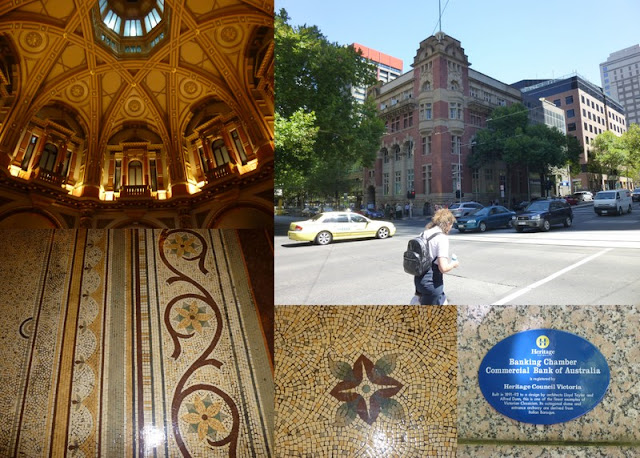Crossing to the Pacific (January 7 to 10, 2016)
January
18, 2016 en route to Rapa Nui (Easter Island)
Key West to Puerto Limon, Costa Rica
After sailing from Key West in the early evening of 6 January, we cruised for two days on a southwesterly course through the Gulf of Mexico, the Yucatan Strait, and off the coast of Central America. Our destination was Puerto Limon, on the east or banana coast of Coast Rica. Whisper docked on the morning of January 9.
Puerto Limon, Costa Rica
Crossing the Isthmus of Panama
After our eco-passengers returned from the wilds of the interior of Costa Rica, absolutely gaga over having seen frogs (alright, they were brightly colored and poisonous), Silver Whisper departed Puerto Limon bound for Manta, Ecuador via the Panama Canal. At 6:30 am, January 10 we arrived off Colon, Panama and the Caribbean Pilot Station in Limon Bay.
 |
| Crossing Panama from “A” to “B.” |
With the pilot on board, we proceeded to the Gatun Locks where three chambers lifted the ship 85 feet into Gatun Lake. Regretfully, we could not see the nearly-completed new Gatun Locks because they follow a different alignment from Limon Bay into Gatun Lake. The new locks will allow Super Panamax ships over 900 feet in length to pass through the canal. We were told that they would be opened to traffic during May of this year, only two years later than planned.
 |
| Rising Ships, Gatun Locks |
After entering the locks, we were held in place and guided from chamber to chamber by mechanical mules. Mules do not tow the ship, which moves from chamber to chamber under its own power.
 |
| Ship Traffic Gatun Lake |
 |
| Gaillard Cut |
Passing out of the Gaillard
Cut, we began our descent into the Pacific Ocean. On the North or Pacific end of the canal,
there are two sets of locks, the Pedro Miguel and Miraflores. We entered the Pedro Miguel lock in the late
afternoon and continued northward through the Miraflores. By early evening, we had finished our transit
of the Pacific locks, and after passing Panama City, we entered the Pacific
Ocean shortly after sunset. During our
transit of the Pedro Miguel and Miraflores locks, we saw the new, bigger locks
which are built parallel to the older locks.
Construction equipment and work yards were being removed as we passed.
 | ||
Panamax Container Ship and Car Carrier Entering the Pedro Miguel Locks
|
Before there was a canal across the Isthmus of Panama, there had been mule trains and, by the mid-19th Century, a railroad. In the late 20th Century the railroad fell into disrepair and was nearly abandoned. It was purchased and rebuilt by Kansas City Southern Lines and now carries large numbers of containers across the Isthmus daily. Where the railroad parallels the canal, container trains passed every hour or so.
 |
| Container Unit Train Crossing the Isthmus |
As the ship cleared the Miraflores Locks, from on deck we could see some of the original administrative buildings of the Panama Canal Authority. These are still in use today. In the distance, we could also just make out the skyline of Panama City.
 |
| Panama Canal Administration Building & Panama City Skyline |
By 6:00 pm, we had exited the canal and had turned south toward our next destination – Manta, Ecuador. Where the hell is that?
















































